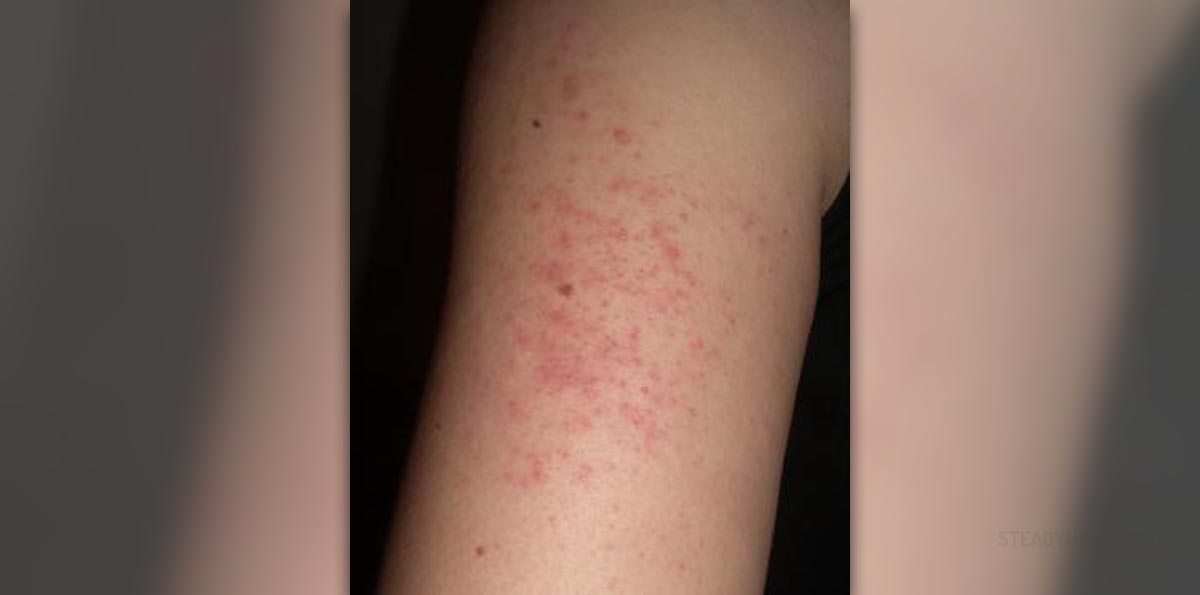
Keratosis Pilaris - Overview
Keratosis pilaris is a frequent skin condition and it affects the people of all ages. It features with tiny little bumps which predominantly occur around hair follicles of the upper arms, legs, buttocks and in rare cases cheeks. The bumps are rough and may be red or tanned. The disease is chronic and the skin lesions may worsen or get better. Keratosis pilaris in not contagious and it may even improve with age. General improvement is also connected to summer months and flare-ups of the disease occur during winter.
The exact cause of keratosis pilaris has not been identified. Some believe this skin condition is hereditary. It may be induced by hypersensitivity reaction or dryness of the skin. There is also connection between keratosis pilaris and ichthyosis vulgaris, allergies, rhinitis, asthma, eczema and atopic dermatitis.
Diagnosis can be set due to typical skin changes. A family history of the disease makes setting of the diagnosis much easier.
Treatment for Keratosis Pilaris
There is no cure for keratosis pilaris. Even though there are several treatment modalities for this skin condition the effectiveness of them is not universal. However, in some cases the disease may withdraw spontaneously without any treatment.
Treatment for keratosis pilaris controls the symptoms and provides with temporary improvement. What follows is a regular skin-care program of lubrication. The list of lotions and creams used in keratosis pilaris is rather long.
General measures in case of keratosis pilaris include prevention of excessive dryness of the skin. This can be perfectly achieved by using mild soapless cleansers. Proper skin lubrication is also important. This includes many topical products. Reduction of symptoms can be also achieved by gentle exfoliation, professional manual extraction of whiteheads, microdermoabrasion and chemical peels.
Mild cases of the disease are usually treated with basic over-the counter moisturizers. More severe forms can benefit from lactic-acid lotions, alpha-hydroxy-acid lotions, urea creams, salycic acid, retinoic-acid products and topical steroid creams. The affected skin is supposed to be washed once or twice a day with a gentle soap. A dermatologist chooses the best medication and takes proper care since some of the medications such as steroids and retinoic-acid product may cause certain side effects. Skin discoloration and hyperpigmentation is basically treated with fading creams.
Severe form of keratosi pilaris may require isotretinoin pills. They are taken for several months under thorough supervision of the doctor because this medication has many serious side effects.
And finally, one more treatment modality is photodynamic therapy with aminolevulinic acid.


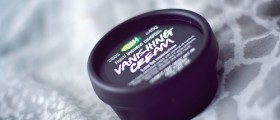
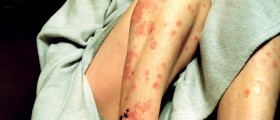
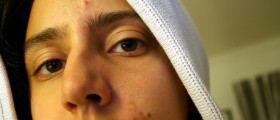


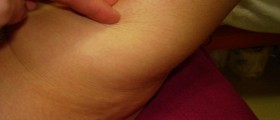



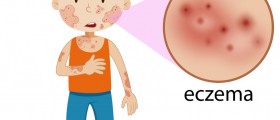





Your thoughts on this
Loading...